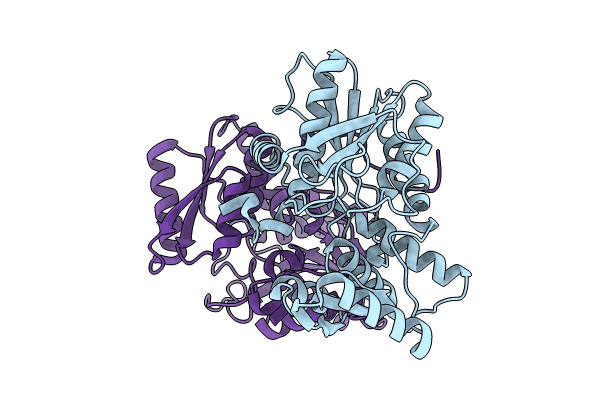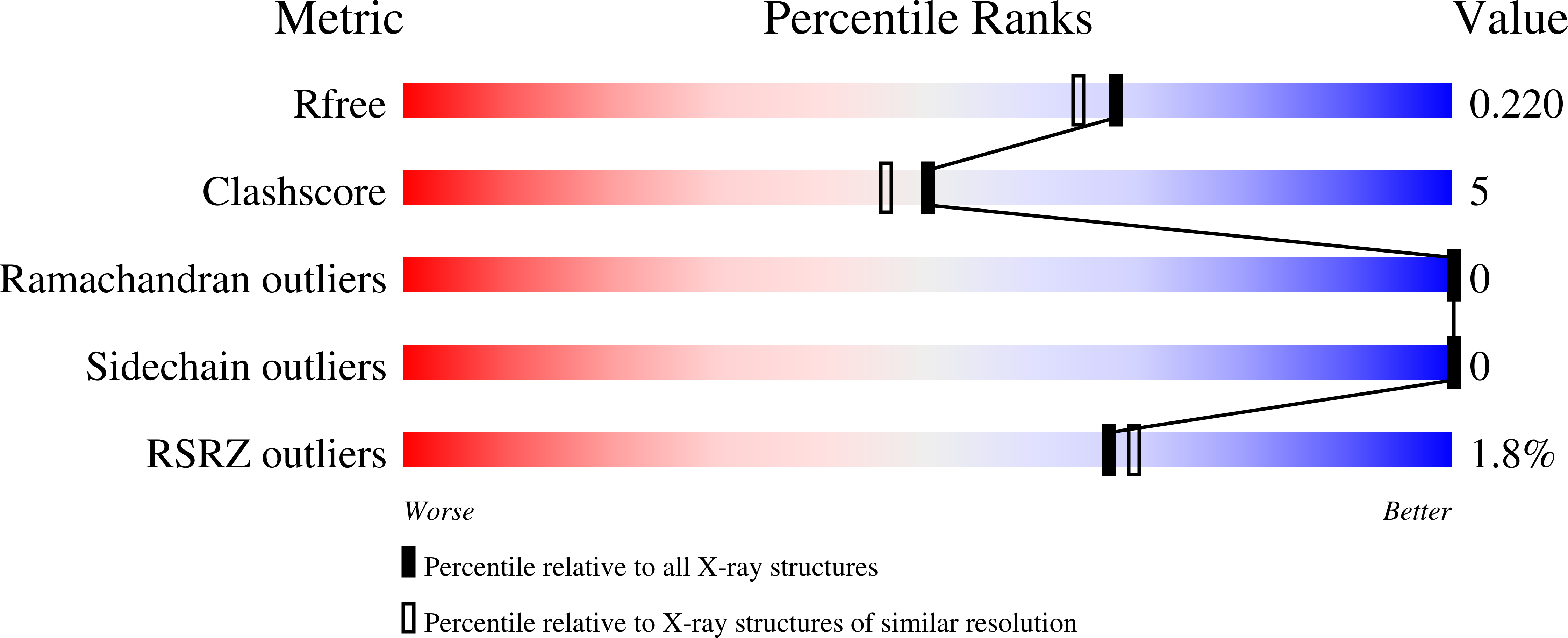
Deposition Date
2023-05-07
Release Date
2024-11-13
Last Version Date
2025-05-28
Entry Detail
PDB ID:
8SRT
Keywords:
Title:
Crystal structure of the O-acetyl-L-serine sulfhydrylase A (CysK) holoenzyme from Staphylococcus aureus NCTC 8325
Biological Source:
Source Organism:
Staphylococcus aureus subsp. aureus NCTC 8325 (Taxon ID: 93061)
Host Organism:
Method Details:
Experimental Method:
Resolution:
1.90 Å
R-Value Free:
0.22
R-Value Work:
0.18
R-Value Observed:
0.18
Space Group:
P 1 21 1


